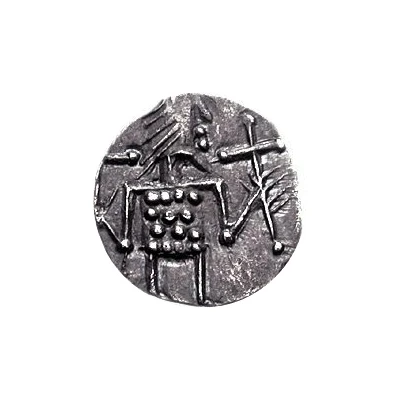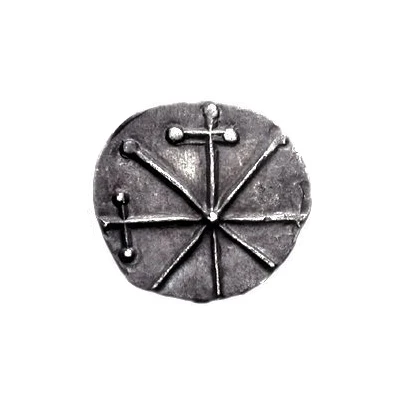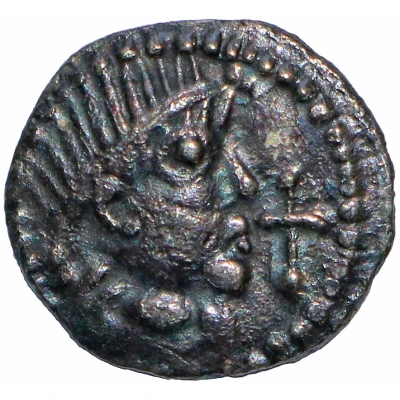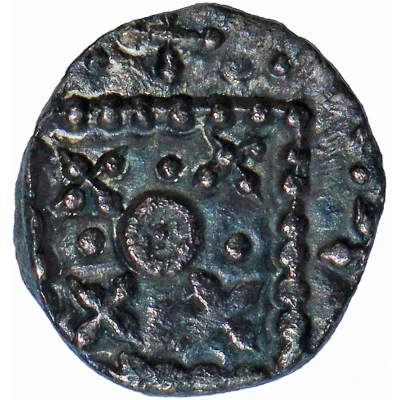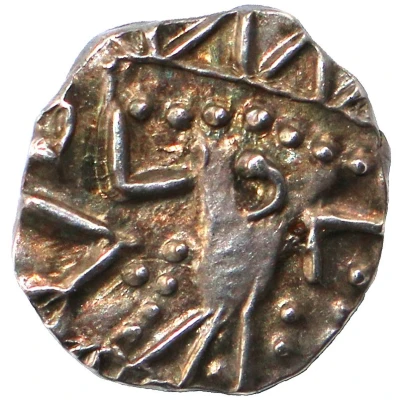
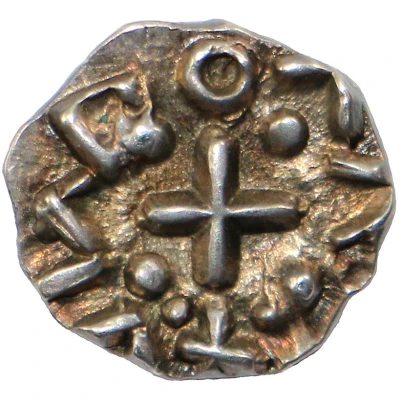

© John Conduitt (CC BY-SA)
Sceat Series D; Type 2c
| Silver | 1.2 g | - |
| Issuer | Early Anglo-Saxon (Kingdoms of British Isles and Frisia) |
|---|---|
| Type | Standard circulation coin |
| Years | 695-740 |
| Value | 1 Sceat |
| Composition | Silver |
| Weight | 1.2 g |
| Shape | Round (irregular) |
| Technique | Hammered |
| Orientation | Variable alignment ↺ |
| Demonetized | Yes |
| Updated | 2024-10-09 |
| Numista | N#307730 |
|---|---|
| Rarity index | 94% |
Reverse
Plain cross with pellets in angles, pseudo-letters around.
Comment
Early Anglo-Saxon (600-775), Sceatta coinage (c.675-c.760), Continental issues (c.695-c.740), Series D, Type 2c. Abr. 8Right-facing bust types from the European continent but types with bust left possibly minted in Britain rather than Frisia.
Interesting fact
One interesting fact about the Standard circulation coin Sceat (Series D; Type 2c) (695-740) from Early Anglo-Saxon (Kingdoms of British Isles and Frisia) made of Silver weighing 1.2 g is that it features a unique blend of Christian and pagan elements in its design. The obverse side of the coin depicts a cross, which symbolizes the Christian faith, while the reverse side features a stylized animal, which is believed to represent a pagan motif. This blending of religious symbols reflects the cultural and religious diversity of the Early Anglo-Saxon period and highlights the gradual transition from paganism to Christianity during that time.
